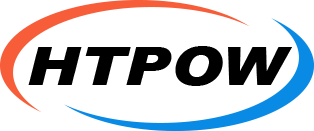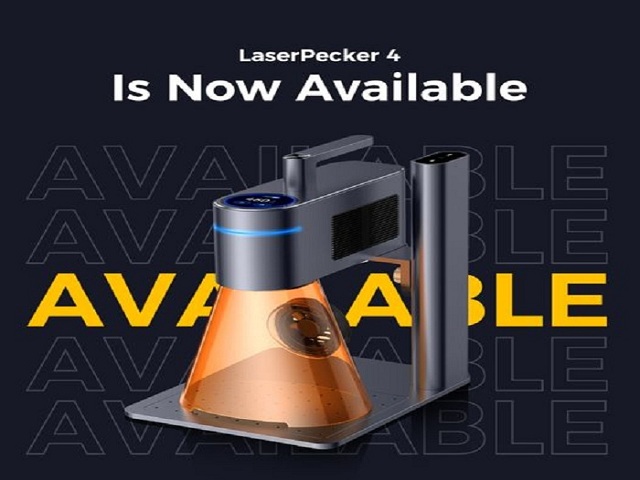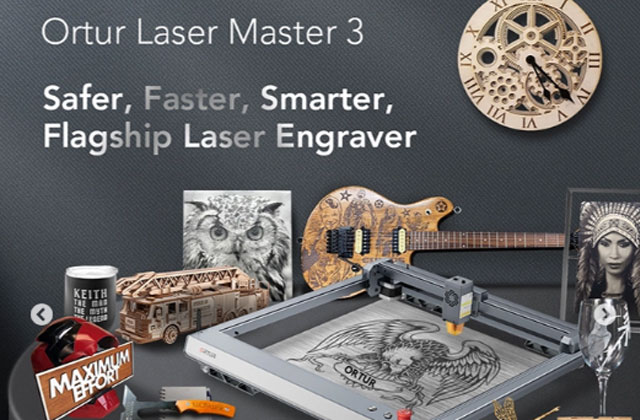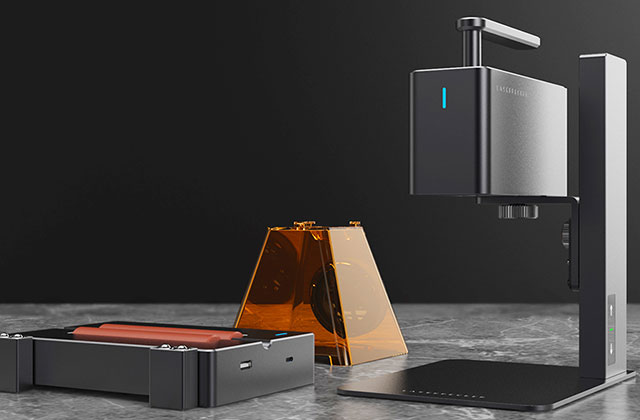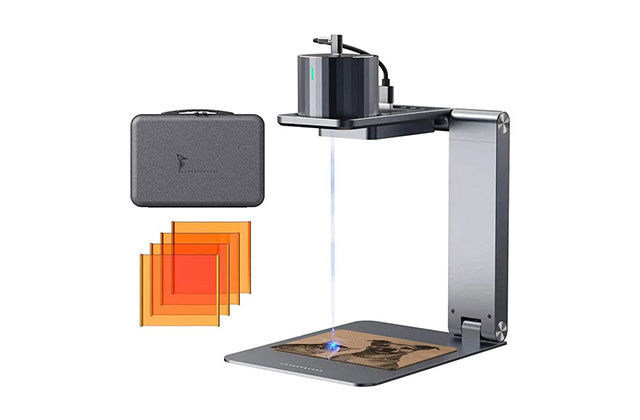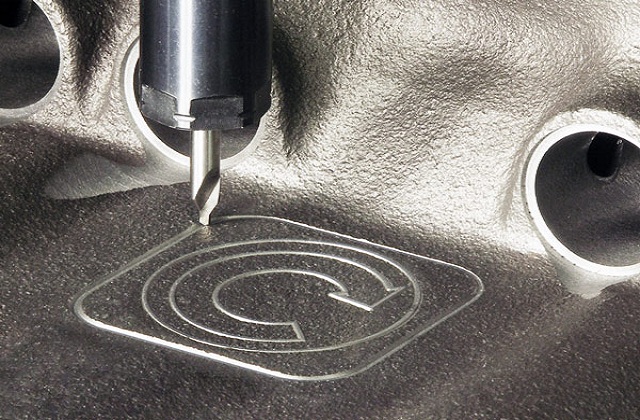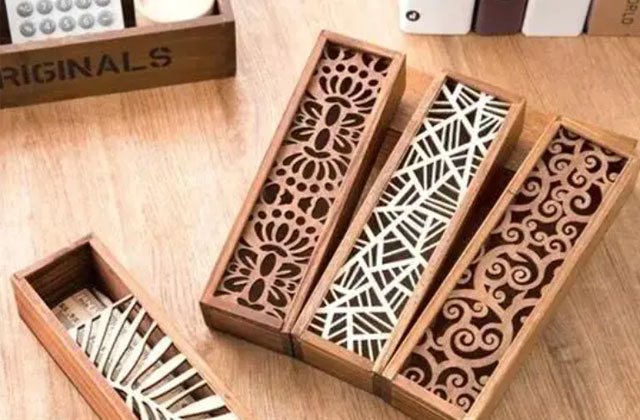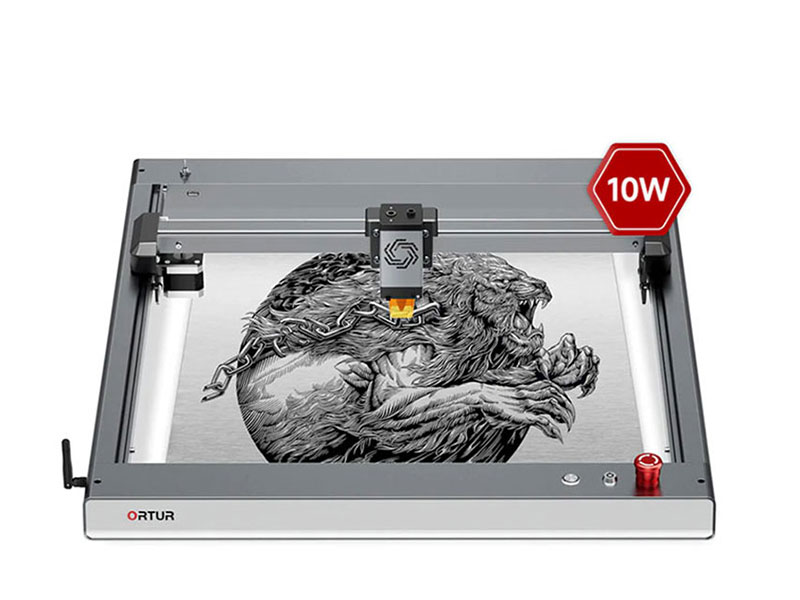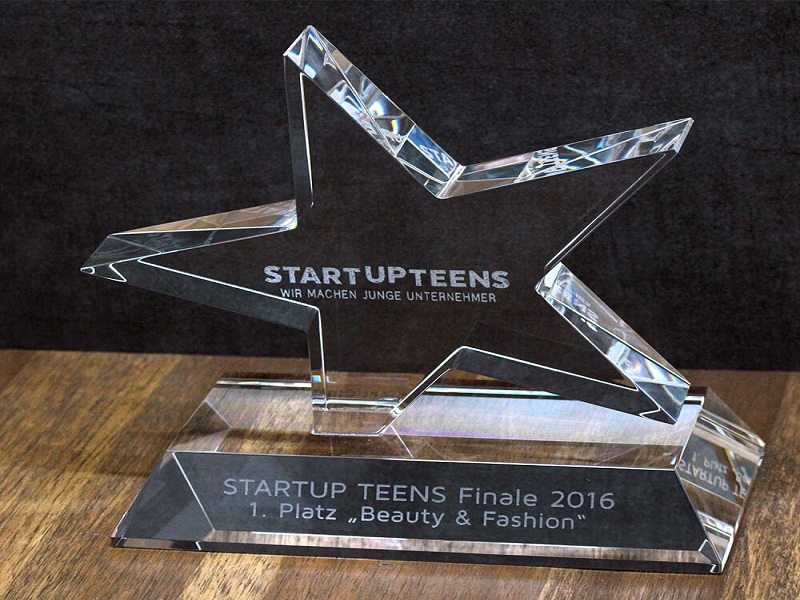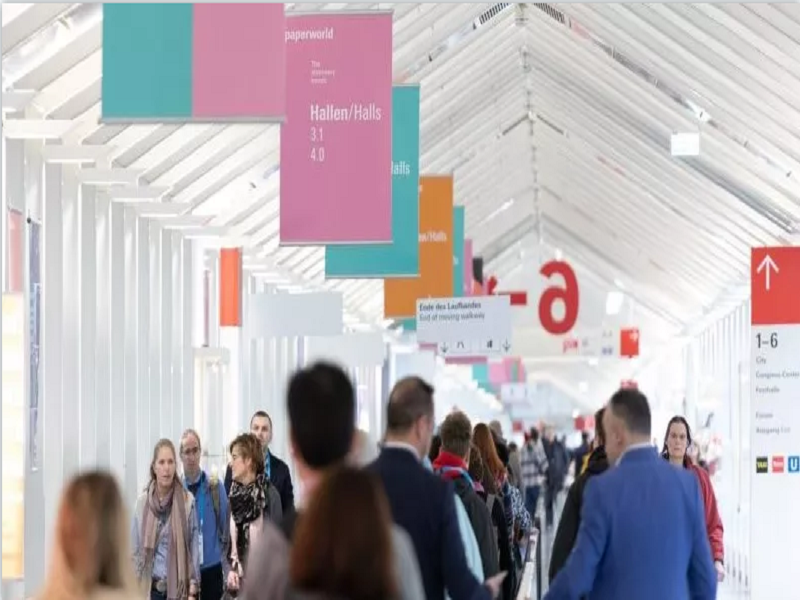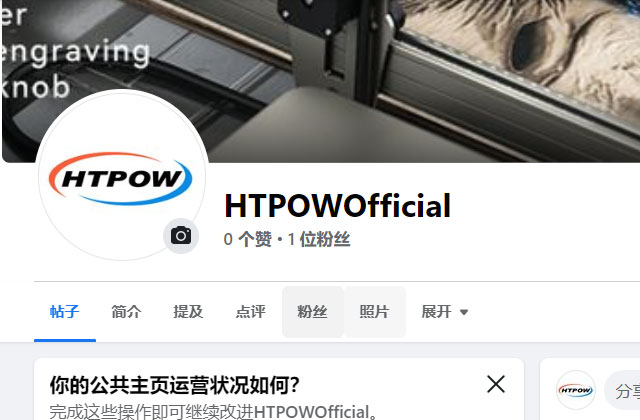A 2017 study by Grand View Research predicted that the global laser cutter market is expected to reach $6.72 billion by 2024. This growth can be attributed in part to the increasing use of CO2, fiber, and yttrium aluminum garnet (YAG) lasers in marking/cutting applications in consumer electronics and industrial sectors, which is driving the demand for such systems.
According to the report, the consumer electronics industry is expected to grow the fastest due to increased demand for processing materials that require laser engraving and cutting. End markets are also increasingly replacing traditional cutting techniques with laser cutting, and technological advancements allow manufacturers to gain a competitive advantage by implementing laser cutting machinery.
James Stanaway was interviewed about the current state of the laser engraving and cutting industry. A 2017 study by AGrand View Research predicted that the global laser-cutting machine market is expected to reach $6.72 billion by 2024. This growth can be partly attributed to the increasing use of CO2, fiber, and yttrium aluminum garnet (YAG) lasers in marking %2F cutting applications in consumer electronics and industrial sectors, which is driving the demand for such systems.
According to the report, the consumer electronics industry is expected to experience the fastest growth due to increased demand for processing materials that require laser engraving and cutting. End markets are also increasingly replacing traditional cutting techniques with laser cutting, and technological advancements allow manufacturers to gain a competitive advantage by implementing laser-cutting machinery. There are many brands of laser engraving machines, such as LaserPecker, Ortur, xTool, Atomstack, and Sculpfun.
James, Marketing Director at LaserPecker, sheds light on the industry, market outlook, trends, and factors driving growth in the following interview.
1. What factors should manufacturers consider when choosing a laser engraving machine?
As a manufacturer concerned with laser engraving machines, you should answer a few questions before getting into the process. The first question I'm going to ask is what material you will be using. This will help determine the type of laser system you need - CO2 or fiber optic. Next, you need to determine the maximum size of material that needs to be installed inside the machine, this will help narrow down the model of the system you are looking at. This can also be determined by your store's space constraints. Once you have decided on your laser source and model size, wattage is the next consideration. The best way to determine your laser power requirements is to know the maximum thickness of the material you need to cut and how many products you need to engrave in a day. Although other factors may arise in the process,
2. What is the fastest-growing industry of laser engraving? Where does most buying activity take place?
For the fastest-growing segment, we saw the largest increase in educational facilities entering the laser segment. It's the perfect tool for students to use in all types of courses, from engineering to architecture to STEAM courses. Many universities have also added large maker spaces on campus, which is a good draw for recruiting.
In manufacturing, the biggest growth in laser usage is for quality control and ID track and trace purposes. Laser engraving can provide serial number engraving, time stamping, part numbers, component labels, barcode etching, data matrix code marking, branding, and industry-specific codes. Lasers provide very high-quality markings that can be easily read by barcode scanners, RFID scanners, or other inventory tracking tools.
What do you think is the development trend of laser cutting and marking machinery?
3. LaserPecker has been working hard to make exciting progress, but the biggest area of focus right now is the user interface. We're really trying to make the whole process - from design to finished product - as simple as possible for the user.
4. Is the overall interest in buying laser engraver and laser engravers growing, staying the same, or declining?
It's definitely growing - both on the B2B side and on the B2C side. For consumers, they saw an incredible piece of technology that would allow them to do so many things - and they immediately thought of starting a business around the laser engraving. On the B2B side, manufacturers contact us with specific applications in mind. After they took delivery and started using the system for the app, they realized they could use the laser to solve everything else in-house—custom signage, create employee incentives, customize promotional products, and more.
5. What feedback have you received from customers who purchased a laser marking machine for the first time?
I can't tell you how many times I've heard "I wish I had bought a more powerful machine" or "I wish I could have done bigger on the table". First-time laser buyers are always torn between choosing the right size machine for their application and finding the right power for their needs. Most of the time they are looking for space, which is still very critical - we never hear "I wish I bought a smaller laser". But wattage affects throughput; a higher-powered machine will be able to mark a table full of parts faster than a lower-powered system. It is important to pair the correct size system with the most efficient power configuration.
6. How do you feel about an industry that is just beginning to realize the benefits of implementing laser marking technology?
It was a difficult process because we spoke to many different industries. I guess I have to say this is an industry that is already using lasers, but now these companies are doing it differently. There are many companies currently outsourcing their signage and identification processes and discovering how affordable it is to bring it in-house. A lot of people are starting to realize that the price of lasers has come down over the years so they can be installed in the field. This gives businesses more control over processes and turnarounds and also saves money on outsourcing they previously did.
7. What improvements are needed in order to see more laser cutters in manufacturing?
The biggest requirements we get from manufacturing are automation and table size. The maximum engraving area of the xTool D1 Pro is 800mm x 400mm, which is important; but the LaserPecker 2 can achieve a larger engraving area by scroll engraving. However, manufacturers that produce larger items may still need something bigger to accommodate those items. Also, laser engraving cutting and marking systems are not yet automated as you still need someone to load material into the system and send the job. Still, the ease of use and quality marks make up for what some manufacturers may currently lack. Besides, you never know what the future holds.
8. Compared to other laser engraving equipment manufacturers, what do you think are the benefits of buying a LaserPecker 2 engraving machine?
The laser market is more competitive than ever, so we're really focused on a few things to stand out. First and foremost, engraving quality has always been something we are proud of. With our system, you can engrave the highest quality images even at the highest speeds. We can sculpt this incredibly detailed image at a very small size using our standard lens, even at 100% speed.
The reason we are able to achieve this higher quality engraving can actually be traced back to the quality of the components we use in the system and the speed at which we fire the laser tube. At LaserPecker, you'll talk to employees in their 15s, the 20s, and even 25-somethings because they love the company and are proud of the systems we've designed. From the production line to the technical support department to the sales team, everyone believes in putting out the best product possible so our customers can be successful.
